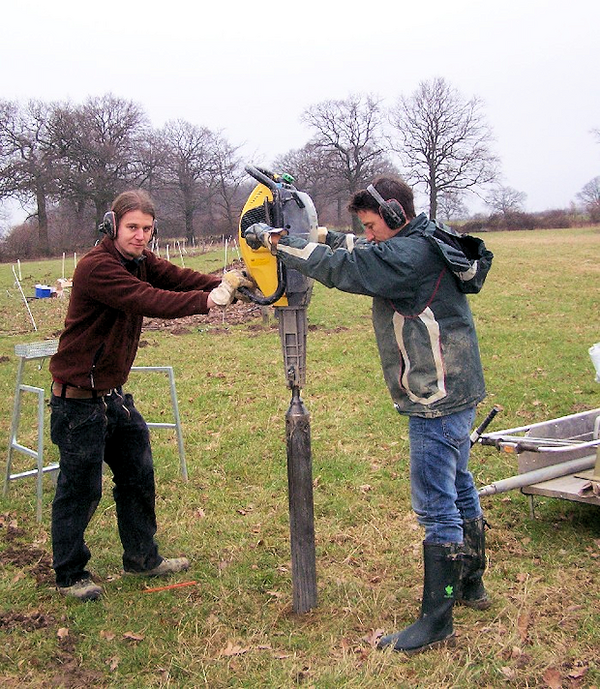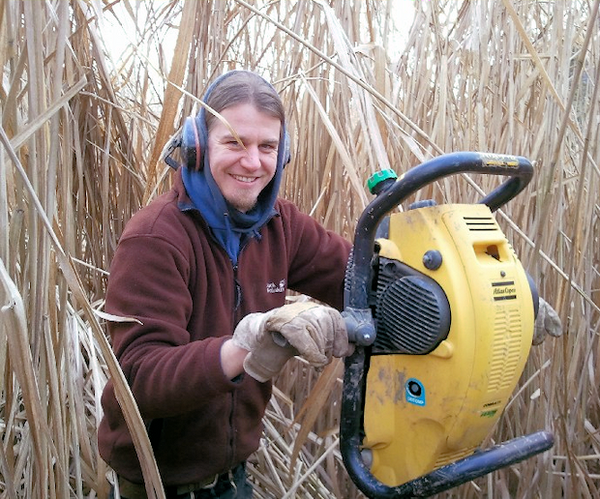Land-use change and greenhouse gas emissions from soils
GHG-Europe at the Institute of Climate-Smart Agriculture
Land-use changes are strong human interventions in terrestrial ecosystems with major impact on the carbon cycle. Globally, about 20% of all human greenhouse gas emissions derive from land-use changes. Whereas in the tropics, land use changes induce a large source of greenhouse gas emissions, in Europe land-use changes in total maybe saving greenhouse gases as a sink. This European sink is mainly derived from carbon sequestration in the biomass of afforestations. However, the effect of land-use changes on soils is poorly understood and quantified. Shallow soil sampling and lacking data on bulk density induce a high uncertainty on the quantification of soil carbon stock changes. Better data and a common sampling protocol are needed.
In the frame of the GHG-Europe project work package 2 a particular task is dedicated to land-use change effects on the greenhouse gas balance and soil carbon. This task is coordinated at the vTI Institute of Agricultural Climate Research and performed in cooperation with partners at the University Copenhagen, Agroscope Zurich, University College Dublin, Centre for Ecology and Hydrology Midlothian UK and University Leuven, Belgium and additional cooperation partners at the experimental sites.
Around 30 sites with different land-use changes are sampled in a pan-European sampling campaign using a standardised sampling protocols. All samples are analysed at the Institute of Agricultural Climate Research. A focus of this research is on land-use effects on subsoil carbon which is an important but mostly ignored soil carbon pool. Moreover, the effect of land-use changes to bioenergy crops on the greenhouse gas balance is assessed.

![[Translate to English:] [Translate to English:]](/media/_processed_/6/4/csm_titel_CO2Kampagne8_afeea2273e.png)
![[Translate to English:] [Translate to English:]](/media/_processed_/4/1/csm_titel_93px_CO2Kampagne8_9b0f3354d4.png)






